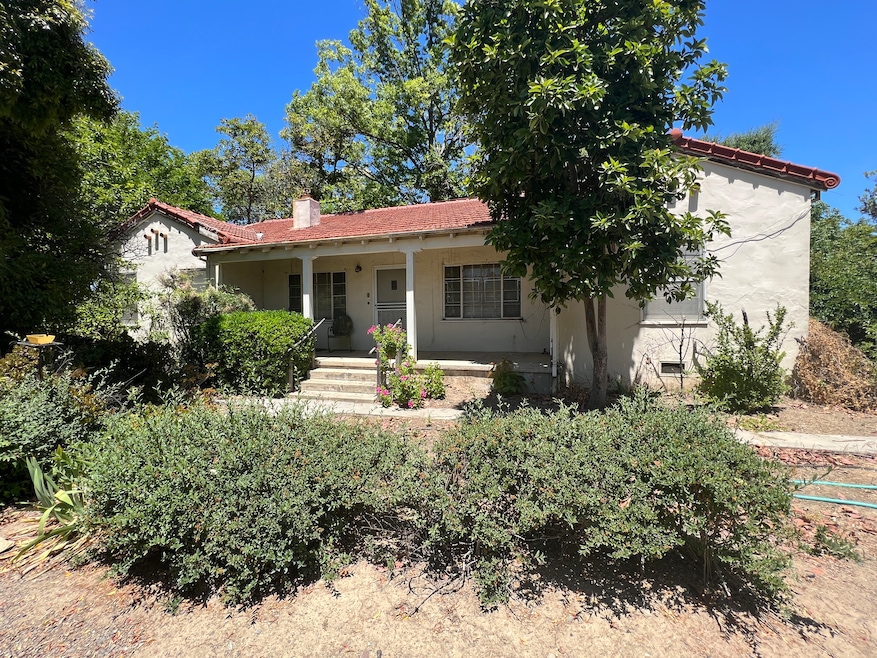Plans for a large multifamily project in San Jose, California, might include the historically significant home of a prominent Japanese-American civic leader — if officials can agree on how to incorporate the old house into the development. The effort provides a window into the challenges communities face as they try to combine historic preservation and new residential or commercial development.
The San Jose City Council approved the Seely Avenue project with more than 1,400 new apartments and condos on 11 acres that currently comprises a fruit orchard and a 1920s house built by Eiichi Sakauye’s family. But council members want city officials and developer Hanover Co. to look into ways to keep the Sakauye house on-site, though the parks department says having an old house in a public park inside the development could mean costly renovation and upkeep costs.
The move reflects the tension that can emerge across the country between the needs of developers and local officials and community groups in balancing the added tax revenue and other economic benefits of new development with the preservation of structures and land that have local cultural importance.
The planned Hanover project is in rapidly growing North San Jose where 3,650 new market-rate multifamily units are expected to be completed this year, compared to fewer than 900 in 2023. Hanover's 1,472 proposed units will include up to 154 townhouses, with about 19,000 square feet of ground-floor commercial space in the apartment buildings.
The fruit orchard that has long occupied the 11-acre property sticks out in an area now dominated by office parks and apartment blocks. The Sakauye family acquired part of the orchard in the early 20th century and built the house in the 1920s, according to an assessment Hanover conducted as it sought the council’s approval. The assessment found that the house, designed in the Spanish Colonial Revival style, is eligible for the California Register of Historical Resources because of its link to Sakauye.

About 120,000 Japanese Americans, including Sakauye, were forced from their West Coast homes during World War II and imprisoned in camps in remote areas. While it wasn't uncommon for evacuees’ homes to be vandalized and their property stolen in their absence, Sakauye and his family transferred ownership of their land to a neighbor, who protected it and returned it to them when they were released in 1945, according to the Japanese American Museum of San Jose.
Sakauye’s family went on to own 175 acres of agricultural land in the San Jose area, including the 11 acres they are in the process of selling to Hanover for the proposed multifamily project. Sakauye became a well-known figure in the community, helping start the Japanese American Museum of San Jose and serving in other civic roles.
Historical display
Hanover worked with the Sakauyes on plans to include a historical display about the family in a planned city park at the development site that will be framed on three sides by apartment buildings, according to Scott Youdall, regional development partner for Hanover, who spoke at the city council meeting.
Youdall said his company would provide $100,000 to help pay to move the house onto the planned park site or to another park about 9.6 miles away, called History Park, which is operated by History San Jose near the city’s downtown. The house currently sits in a location where Hanover plans to build a street.
Hanover wasn’t interested in an alternative plan floated by Preservation Action Council of San Jose to move the house a short distance in a different direction, displacing a group of four townhouses Hanover is planning adjacent to the proposed apartments, Ben Leech, the nonprofit group’s executive director, told CoStar News in an interview. Hanover did not reply to requests for comment.
At first, relocating the house into the planned park at the Hanover development site drew little interest from city officials because they were focused on building the new housing, Leech said.
“We’re not blind to the pressure to get shovels in the ground,” he said.
Raymond Costantino, deputy director of capital projects for the city of San Jose, told councilors the city already owns several historical structures it doesn’t have the money to maintain.
“It makes me nervous to add another structure to San Jose’s historical inventory because of the expenses we’ve had,” Councilor David Cohen, who represents North San Jose and supports moving the Sakauye house to History Park, said at the meeting.
A number of large real estate developments in San Jose have successfully incorporated historical structures, Leech said, including the Lo Curto House, a 1920s Tudor Revival home that was converted into a leasing office for an affordable housing development, and the 1906 Emily Horn House, which became a meeting space within an office park.
Keeping the Sakauye house where it is will be more meaningful than relocating it somewhere disconnected from its historical origins, San Jose Vice-Mayor Rosemary Kamei told fellow city councilors at the meeting last month.
“This is bigger than just the house, bigger than just San Jose,” Kamei said, her voice breaking as she spoke. “It really can reflect the 120,000 people who were taken away.”
Hanover wants to start construction by February 2025, leaving limited time for city leaders to decide the fate of the Sakauye house. A timeline of when the city will make a decision was not disclosed.
